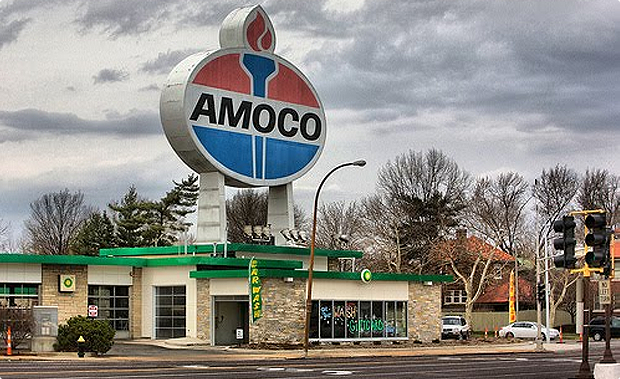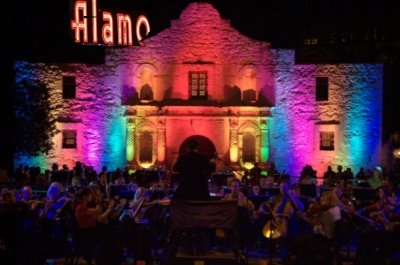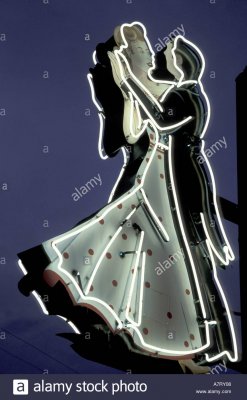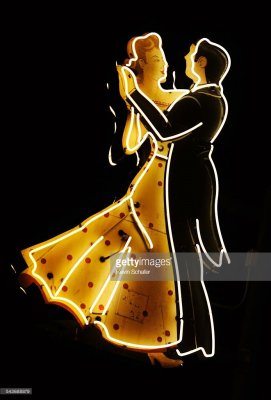LizzieMaine
Bartender
- Messages
- 34,183
- Location
- Where The Tourists Meet The Sea

That's a pretty good approximation of the actual Apollo command and service modules of the 1960s -- it's kind of surprising to see a big neon job like that being manufactured that late in the game. Public opinion in the mid-sixties had already turned emphatically anti-neon, and many towns were passing ordinances against such signs.












